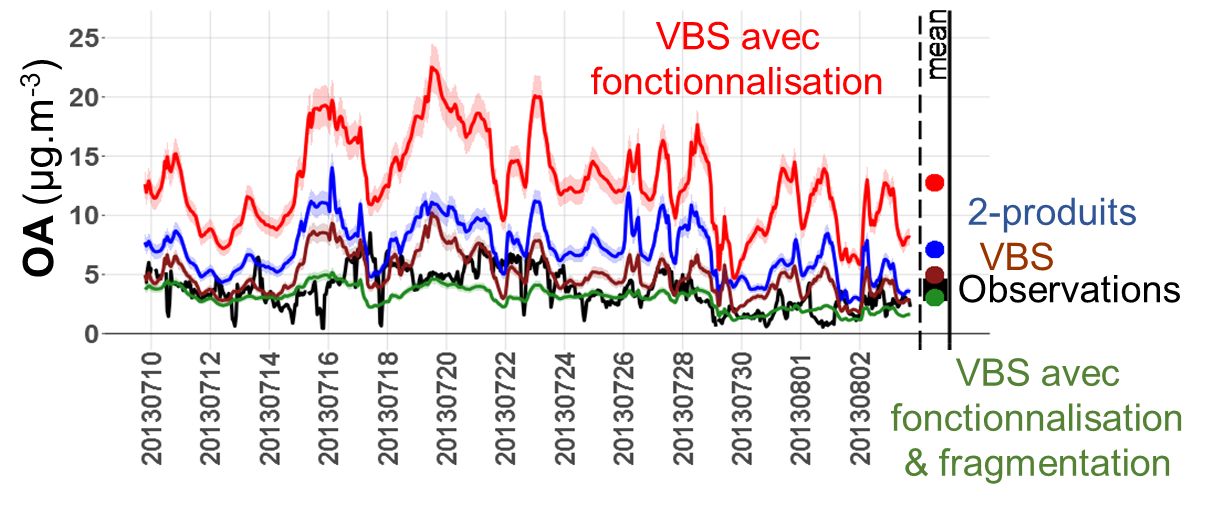Axis 3: The evolution of organic carbon and its role in the transport of nitrogen oxides
The concentrations and speciation of gaseous and particulate organic compounds are highly dependent on the geographical area under consideration, meteorological conditions and the age of the air masses. These organic compounds, with their complex and highly varied structures, are present in the atmosphere in their thousands at low concentrations. A large fraction of these organic compounds remain unidentified at the molecular level, either at emission or during the ageing of air masses. The processes influencing the spatio-temporal variability of multiphase organic carbon, and their impact on air quality and climate, are therefore poorly constrained.
In order to improve our understanding of the spatio-temporal variability of atmospheric carbon, LISA studies in a variety of geographical areas and meteorological conditions:
- speciation of organic carbon on a molecular scale in gas and condensed phases.
- the formation and consumption of polyfunctional organic compounds and their impact on reactive nitrogen, radical balance and AOS formation.
LISA documents organic carbon speciation through continuous measurements in urban environments and/or measurements during intensive field campaigns in various environments: urban, forest, marine or mixed environments. We are also assessing our understanding of the processes and testing the sensitivity of the spatio-temporal variability of organic carbon by comparing 3D modeling results with CHIMERE GECKO-A with available observations (international databases and intensive measurement campaigns).

Comparaisons entre la masse d’aérosol organique mesurée au Cap Corse pendant la campagne Charmex et simulée en utilisant différentes relations paramétrées dans le modèle CHIMERE (Cholakian et al, 2018).

